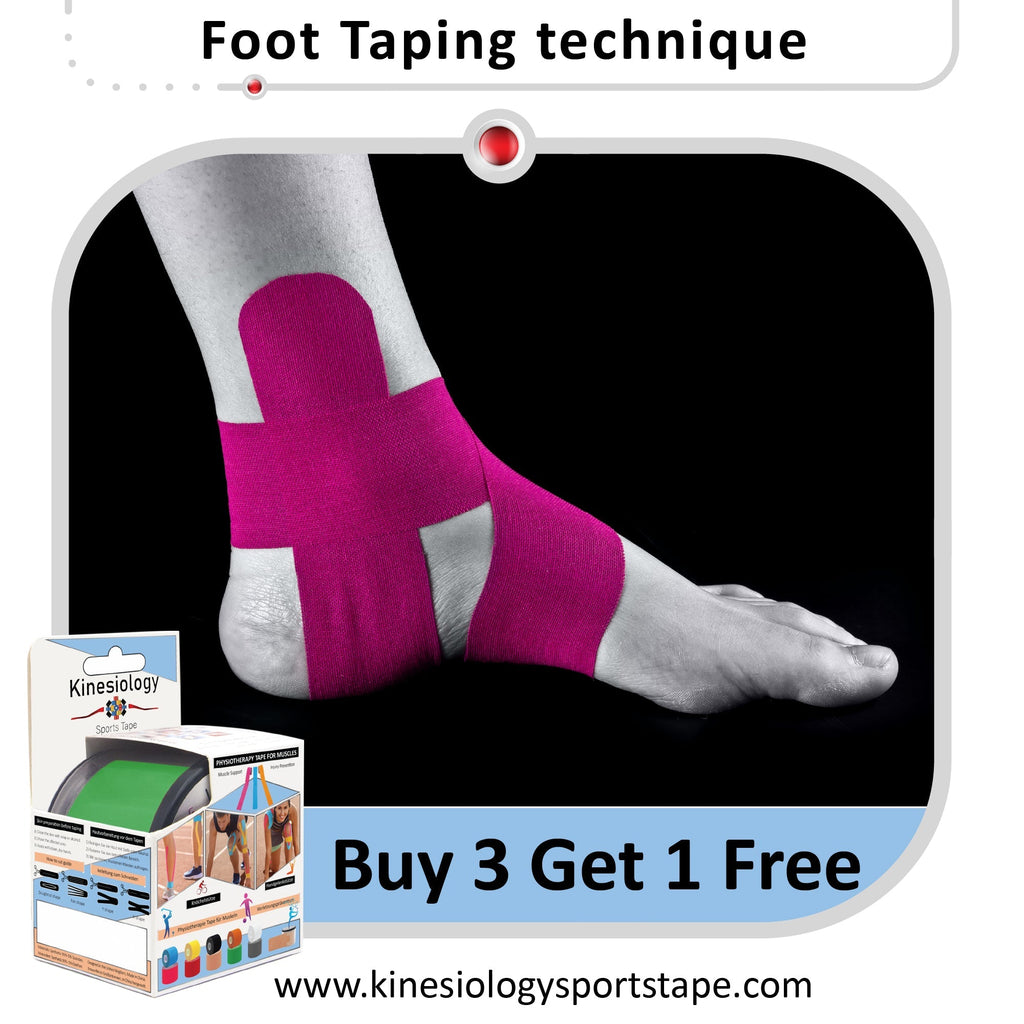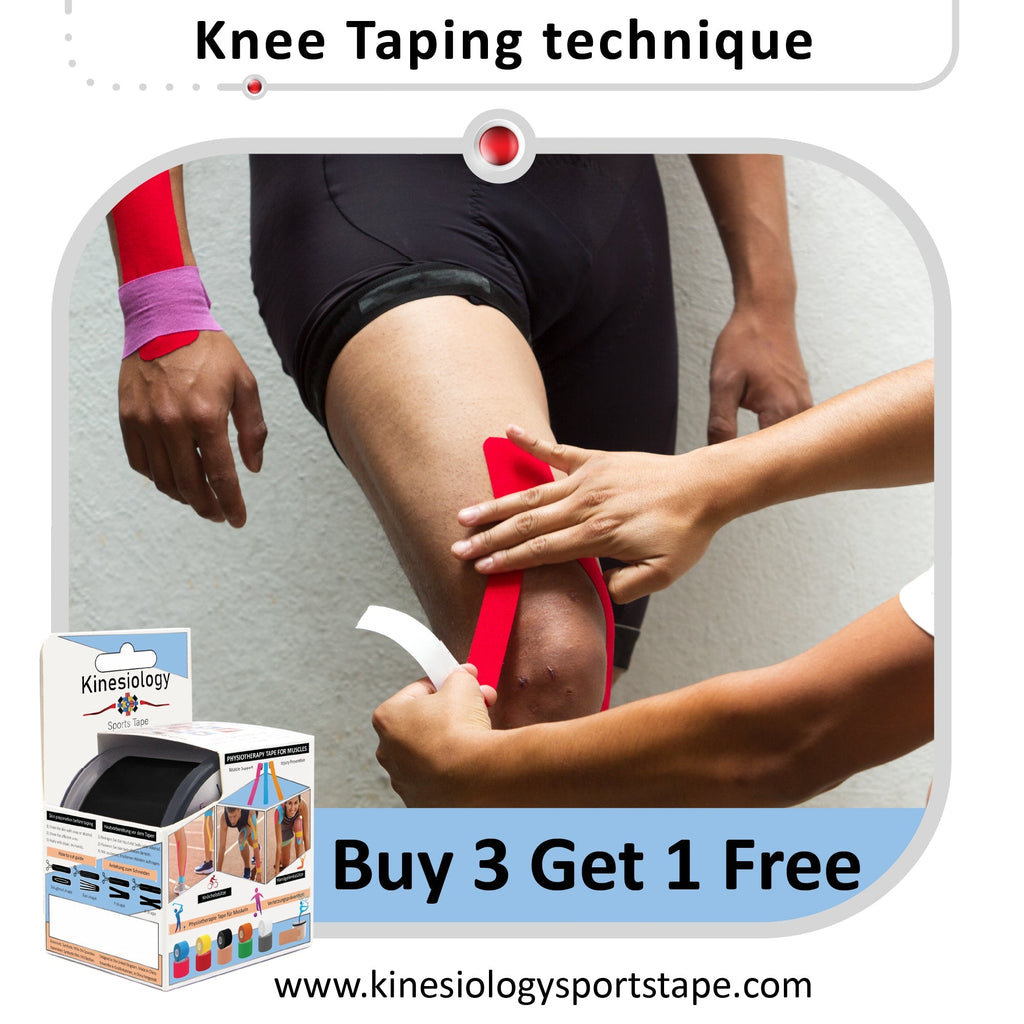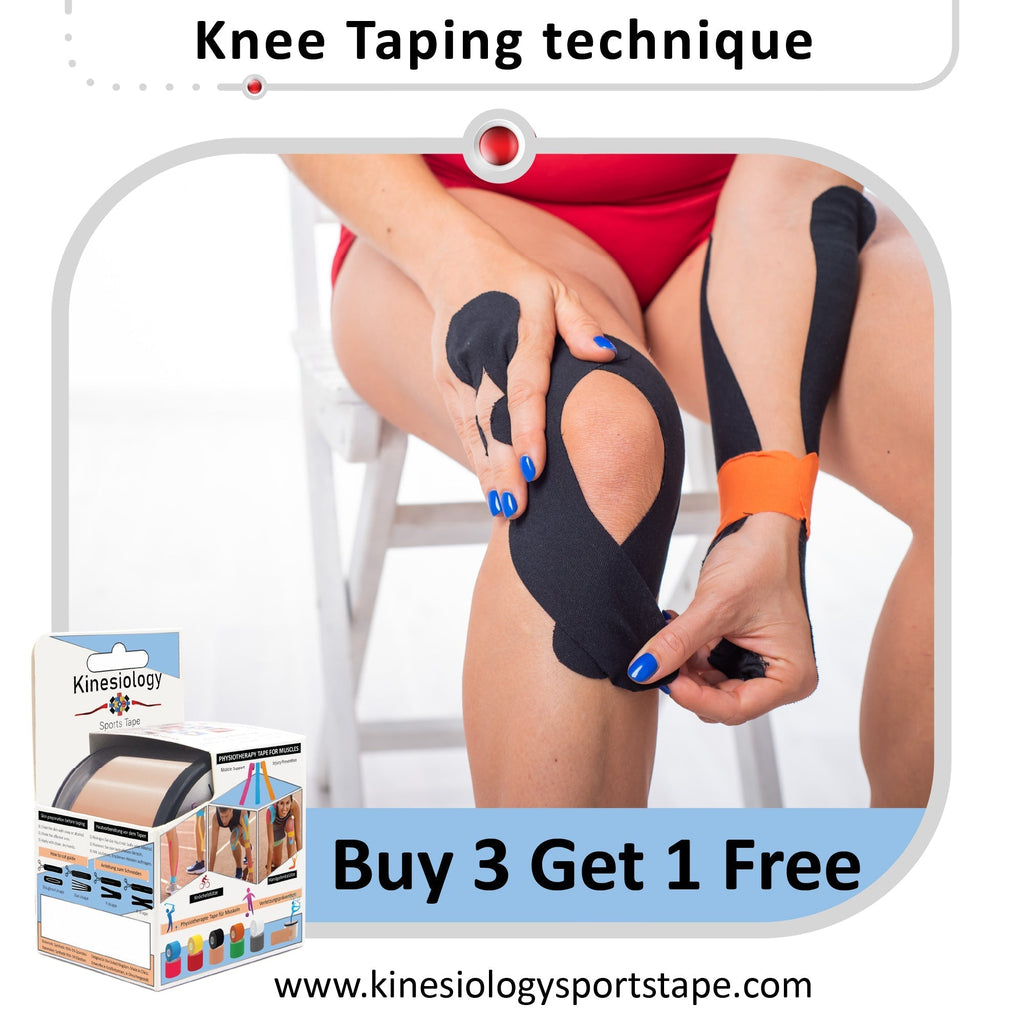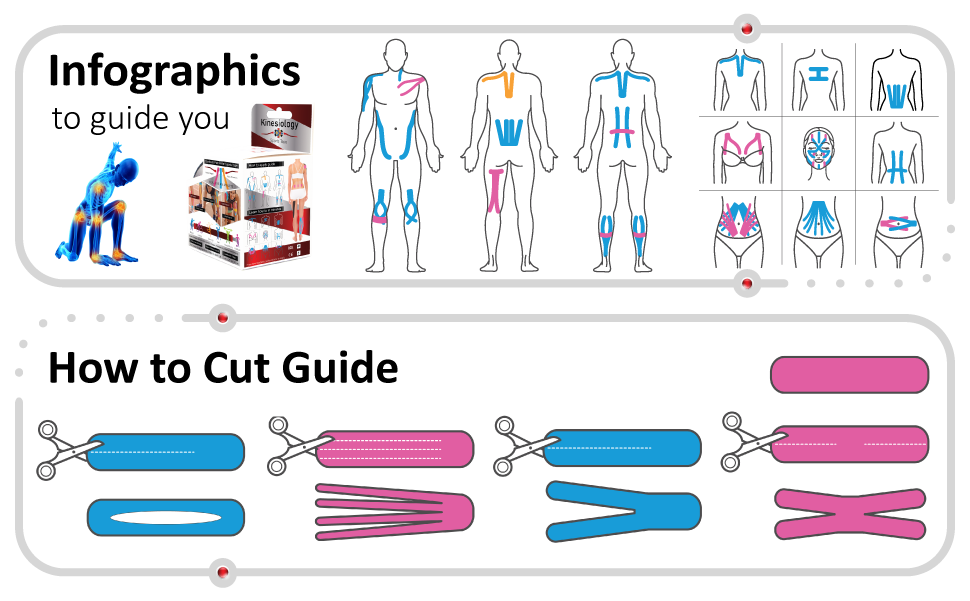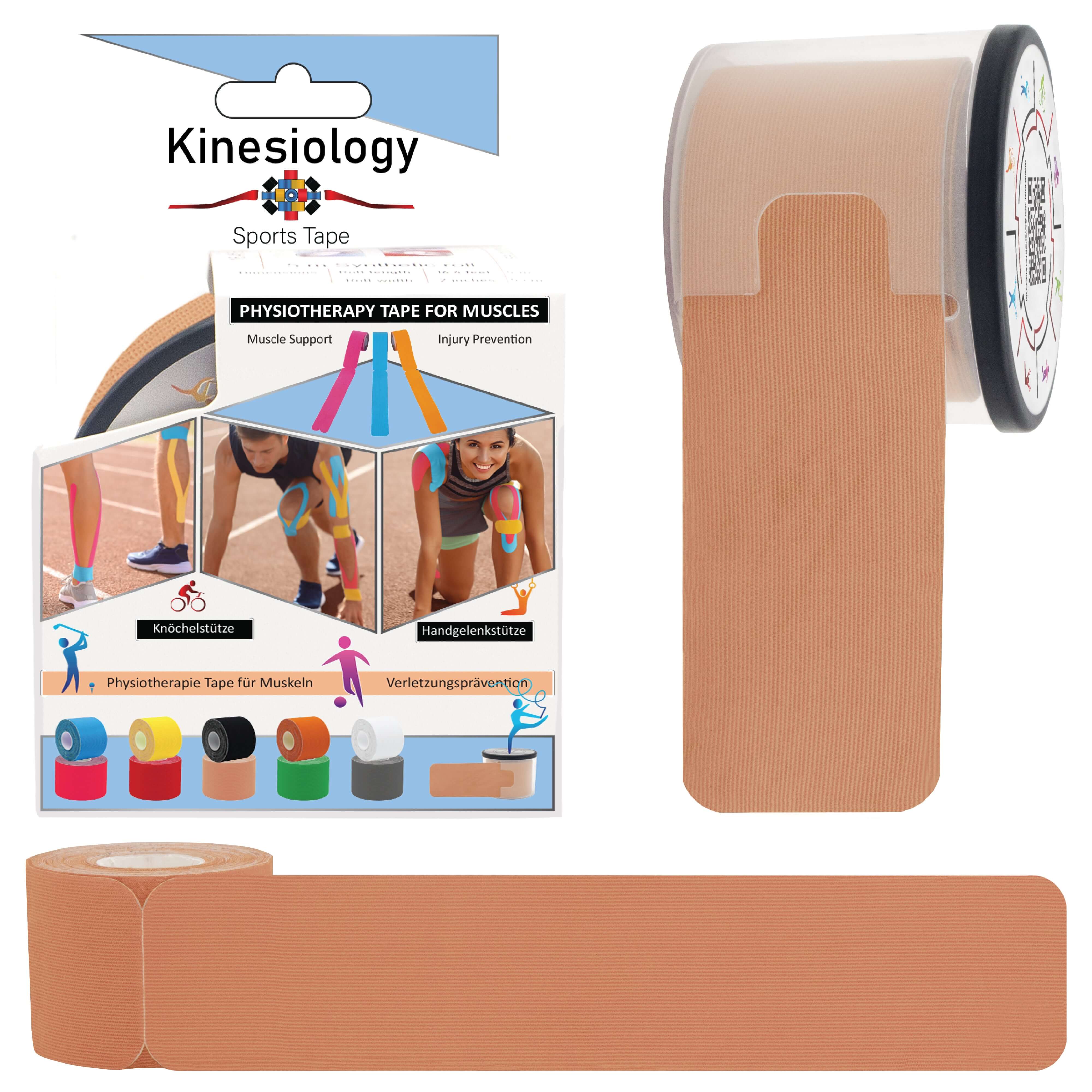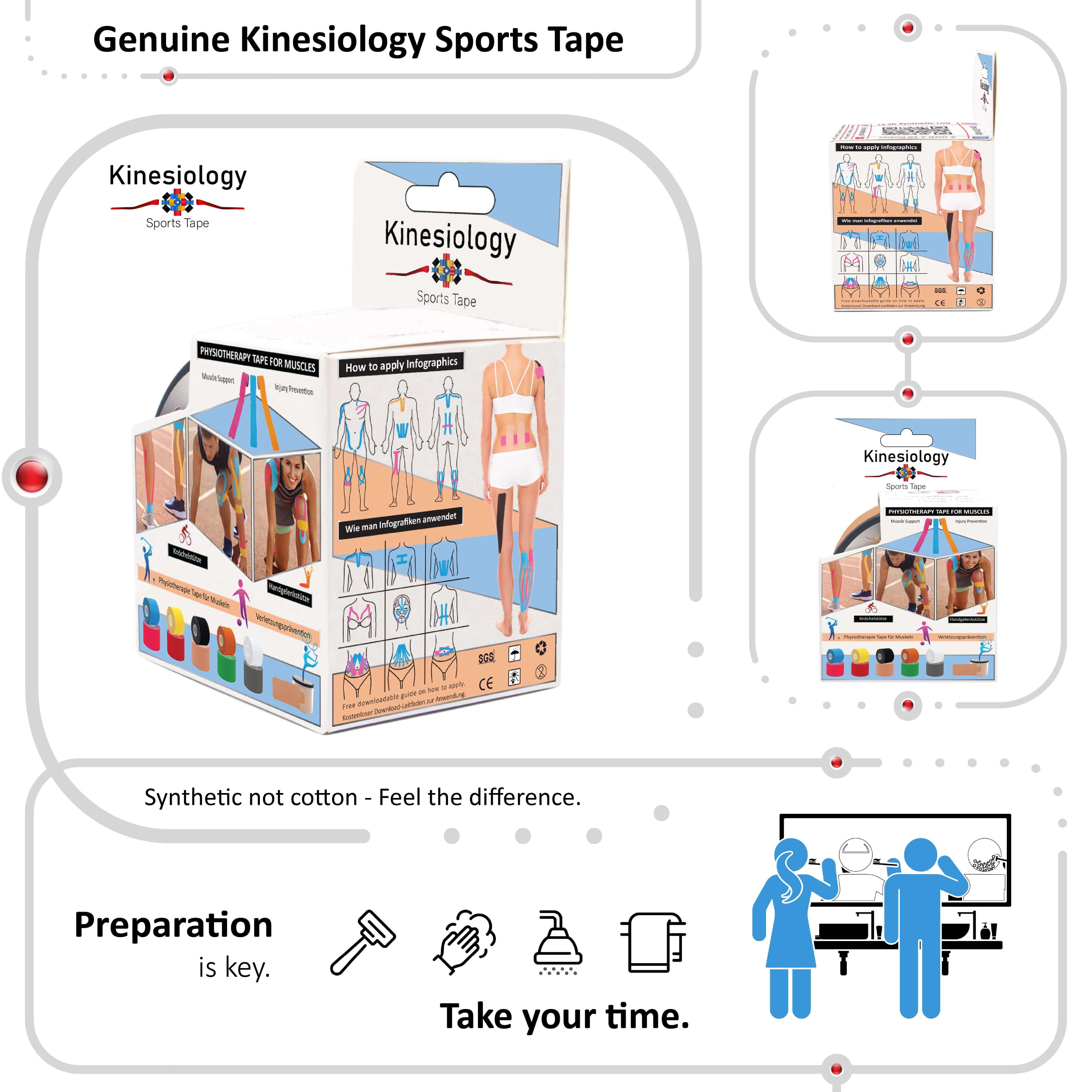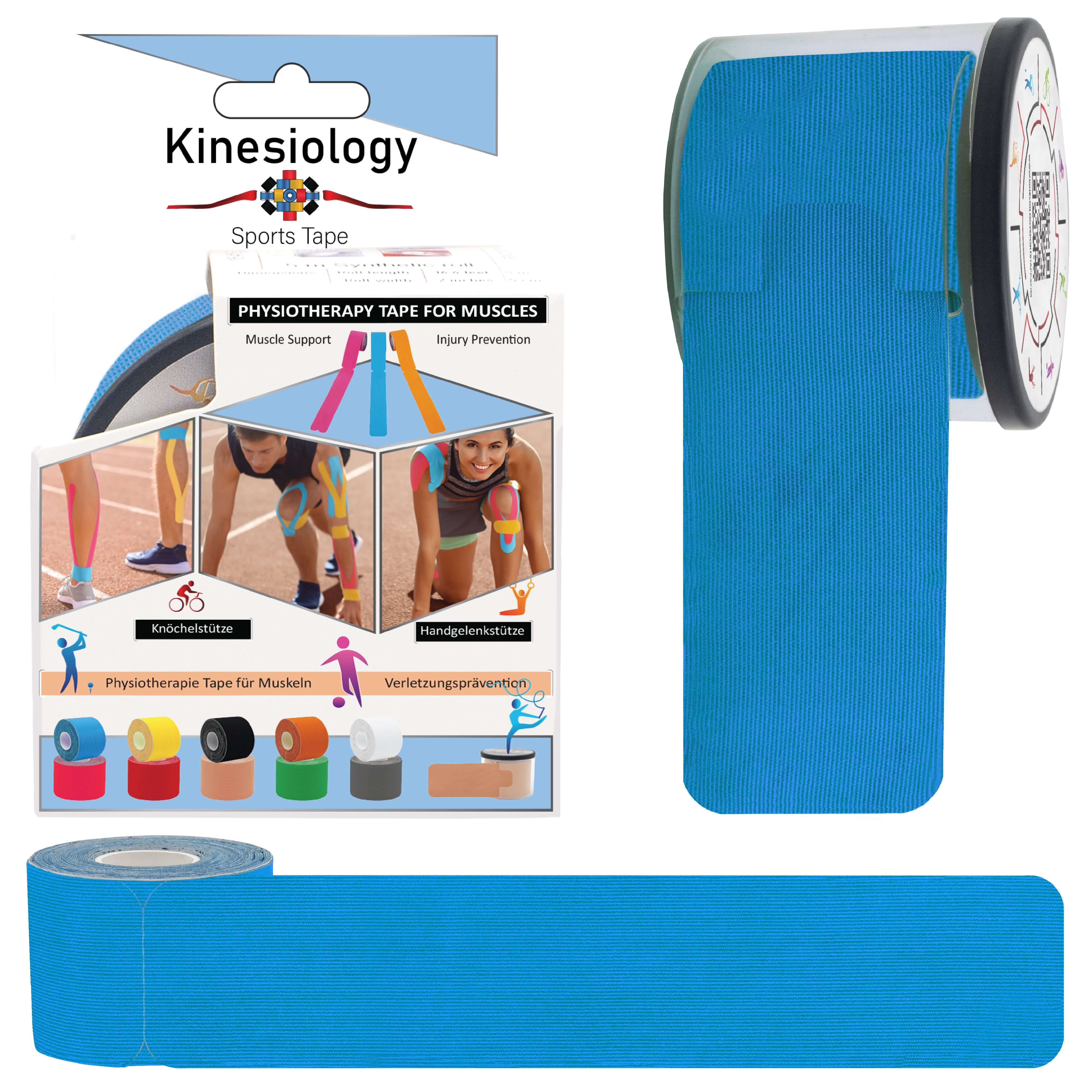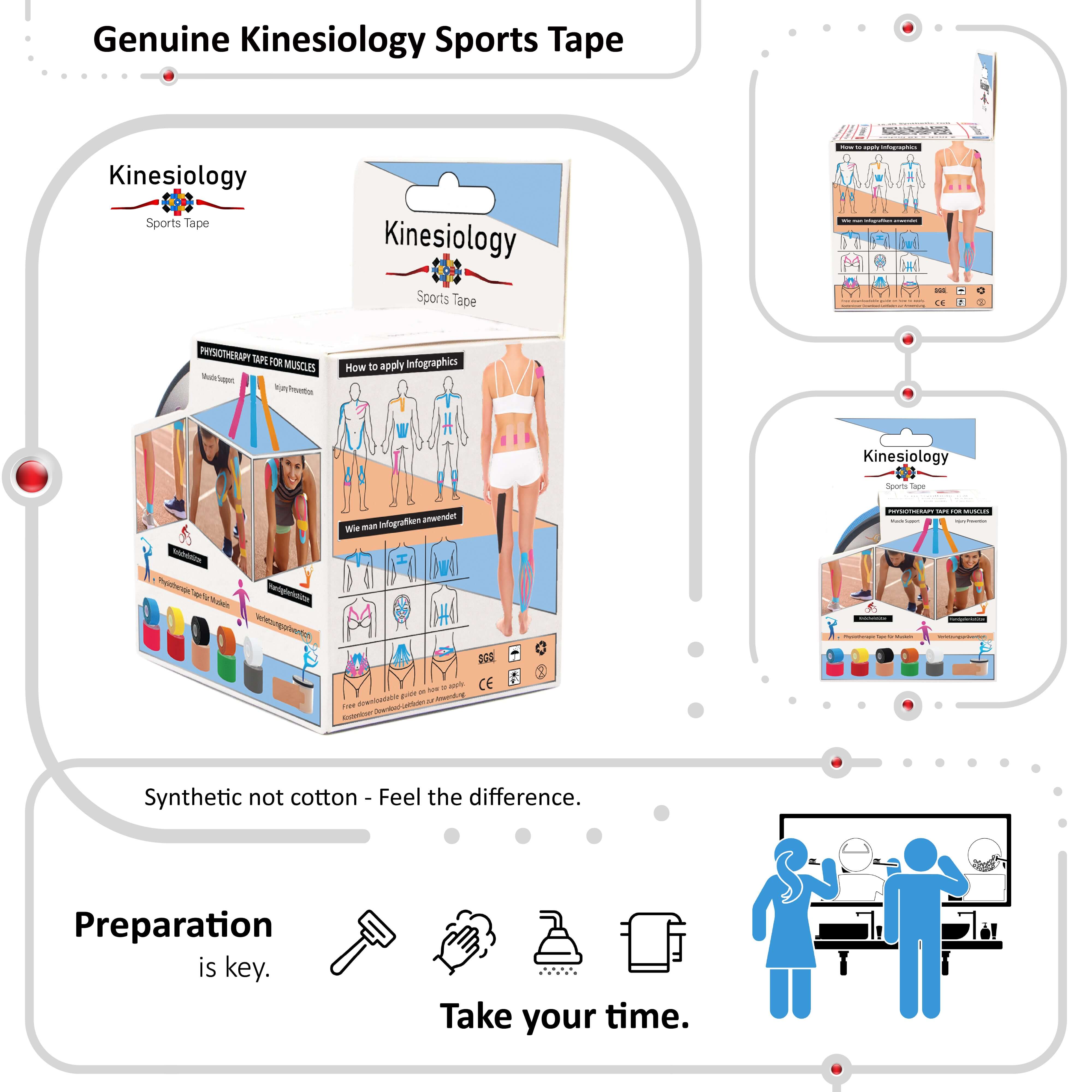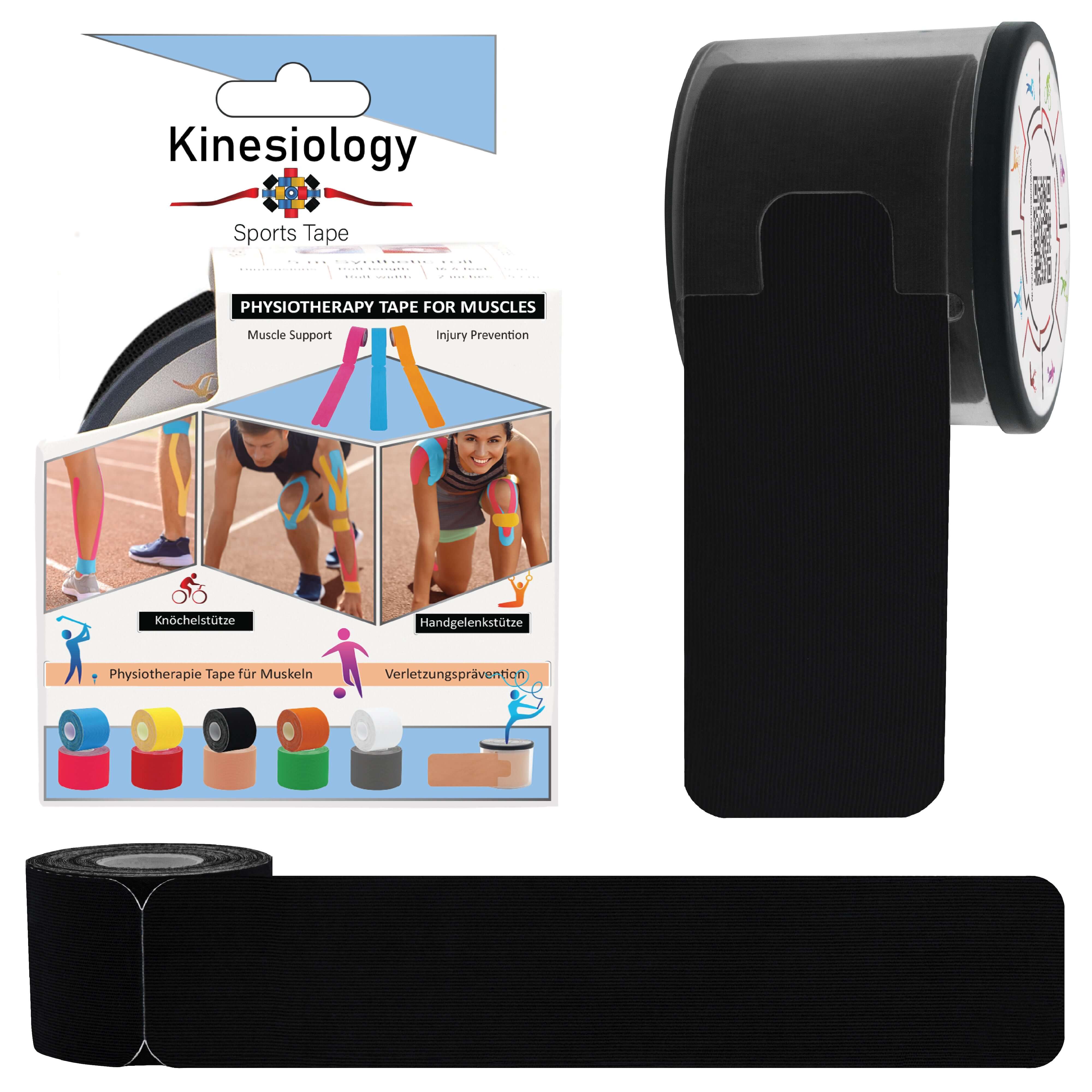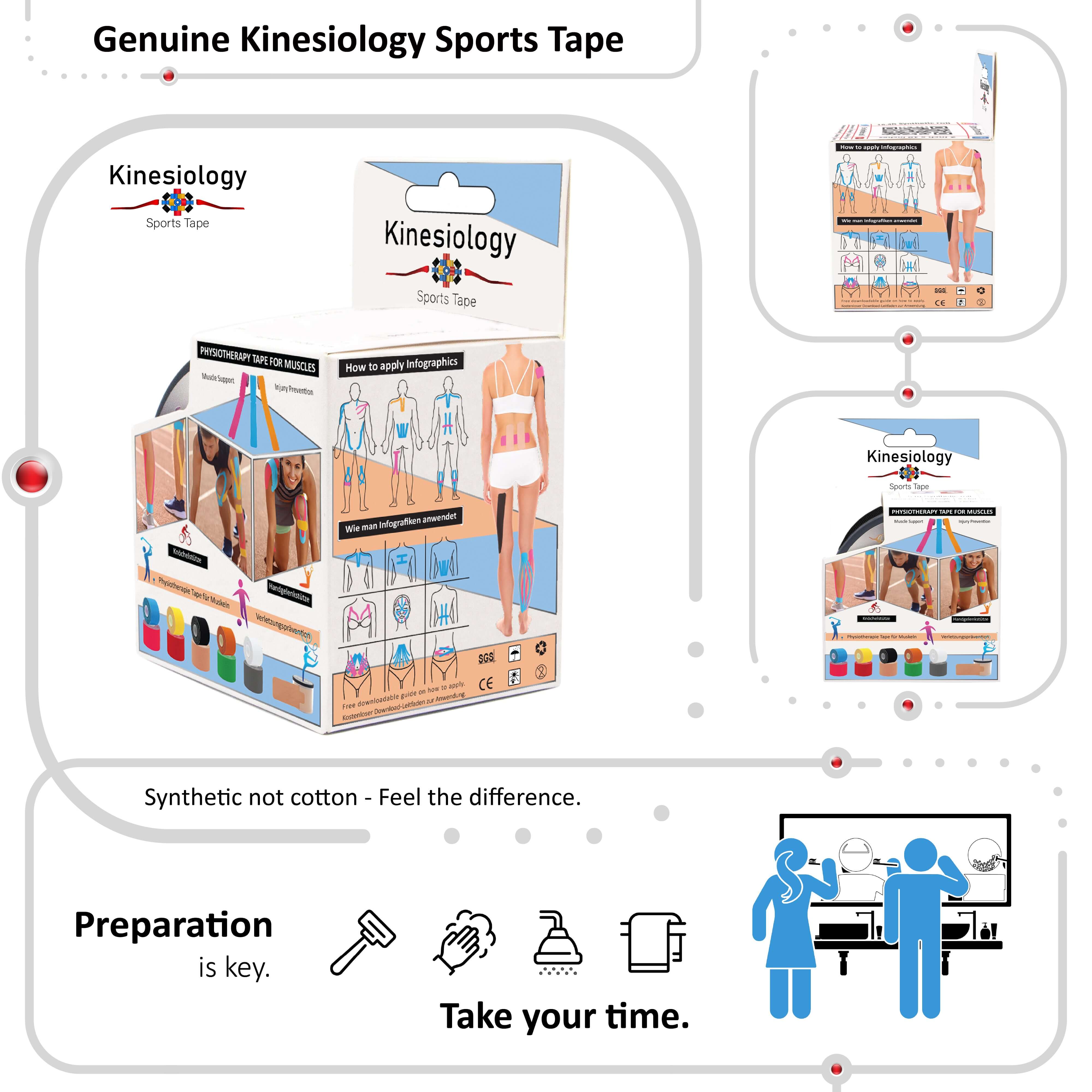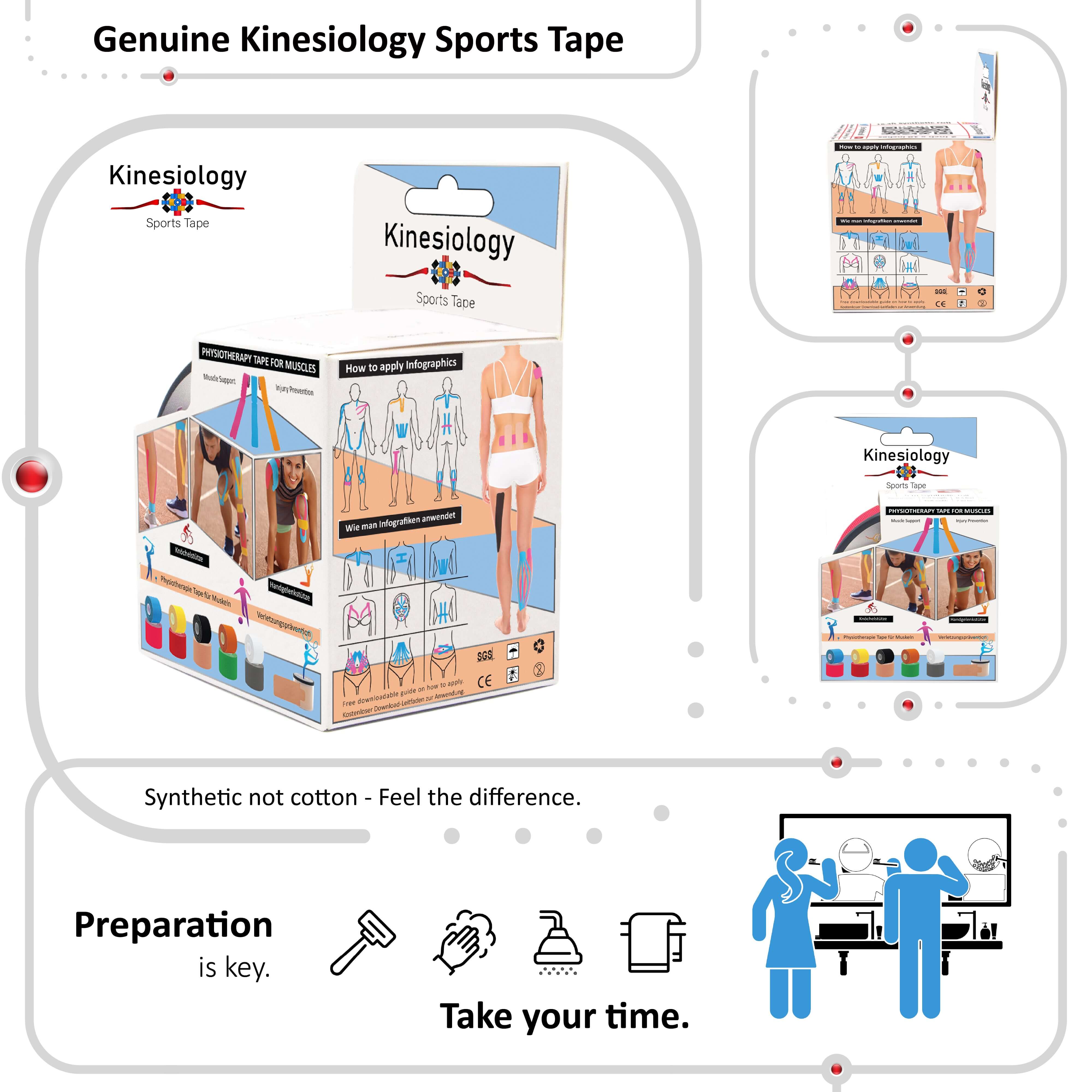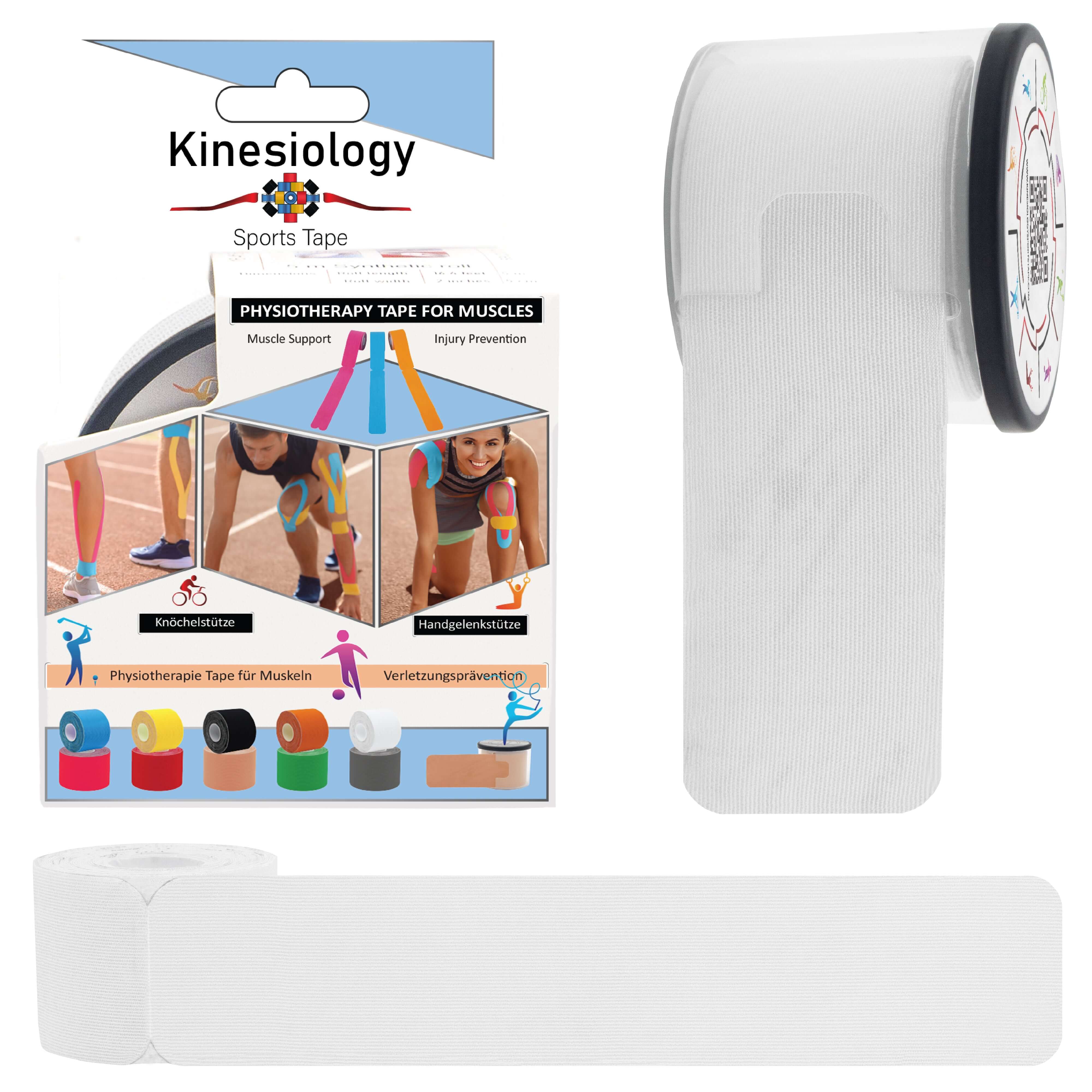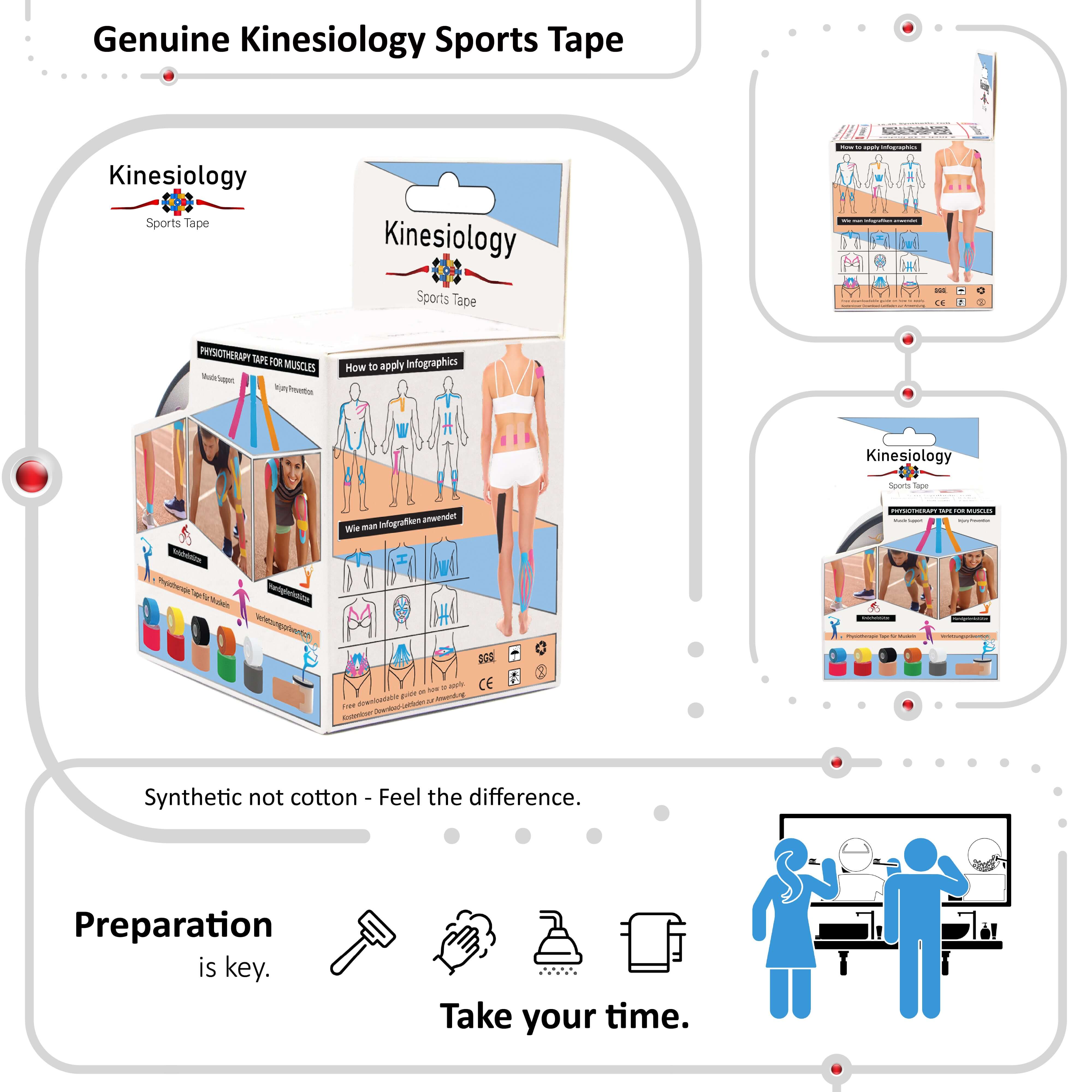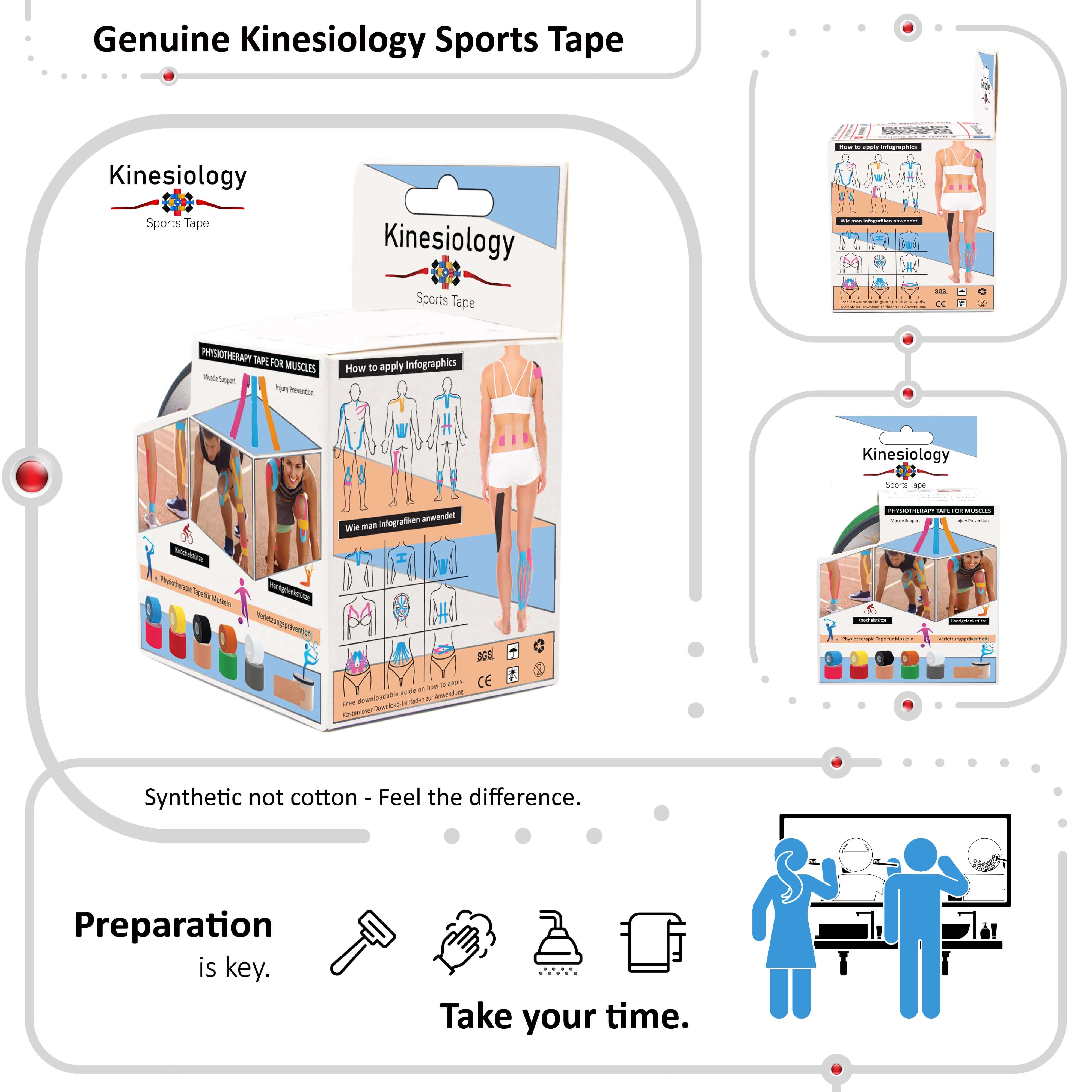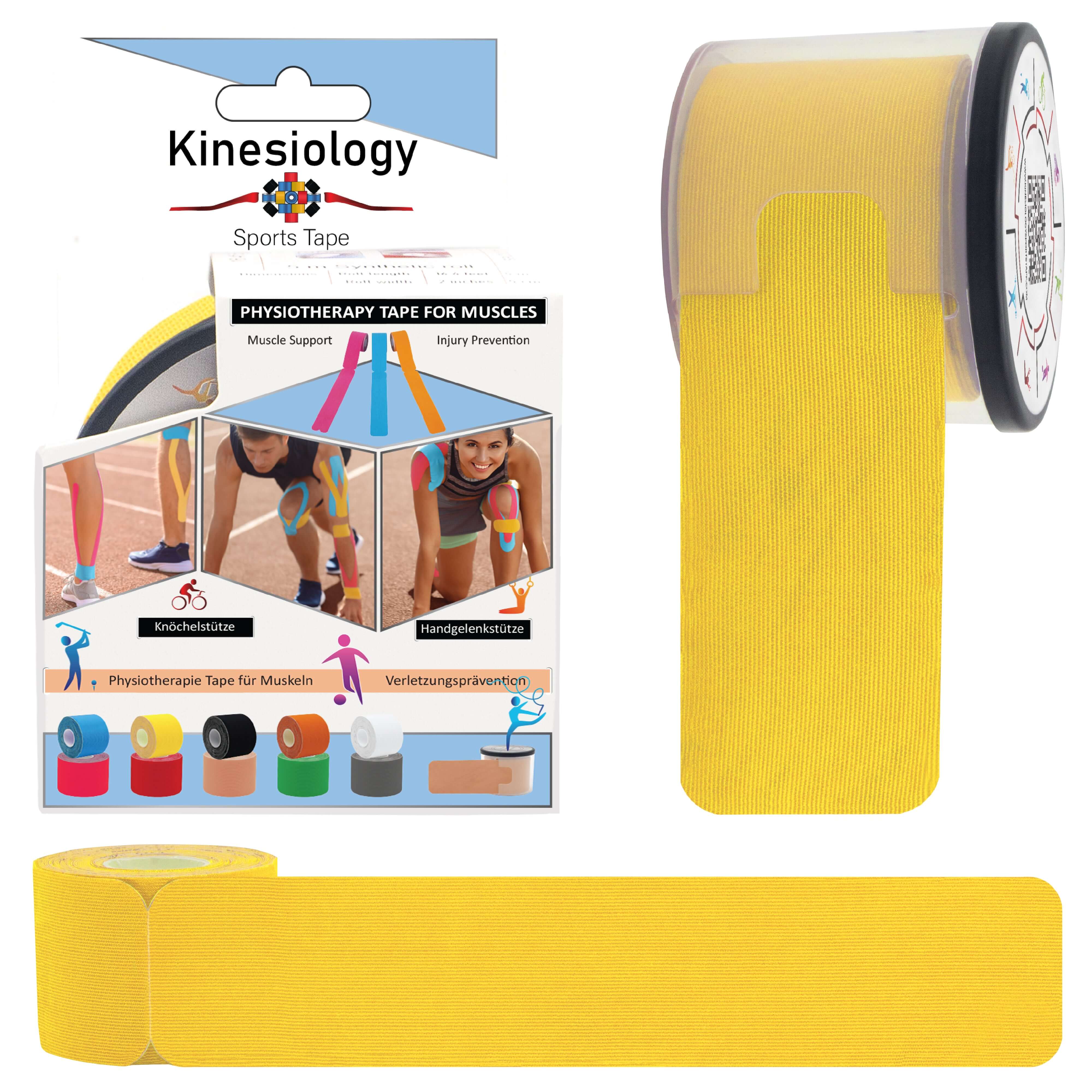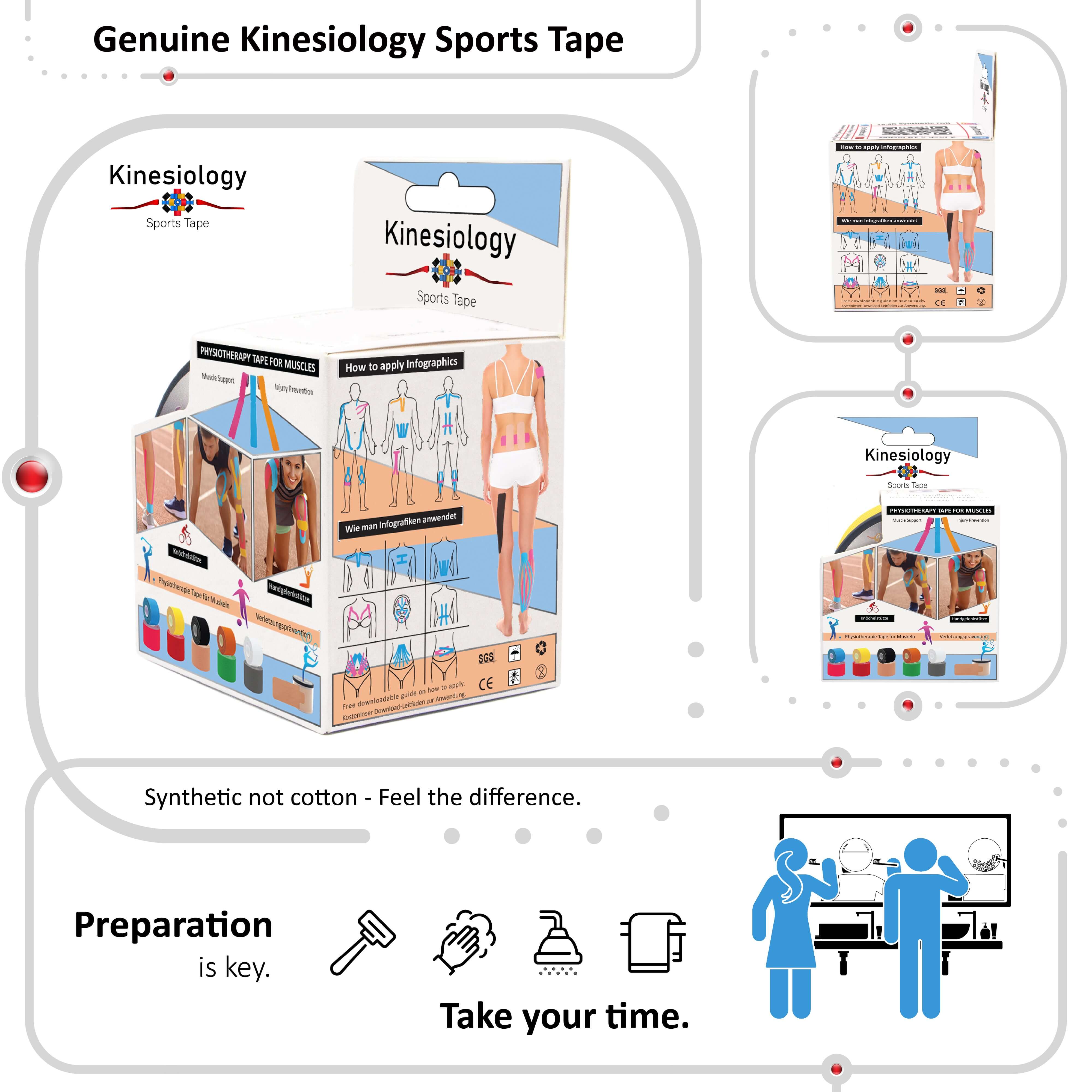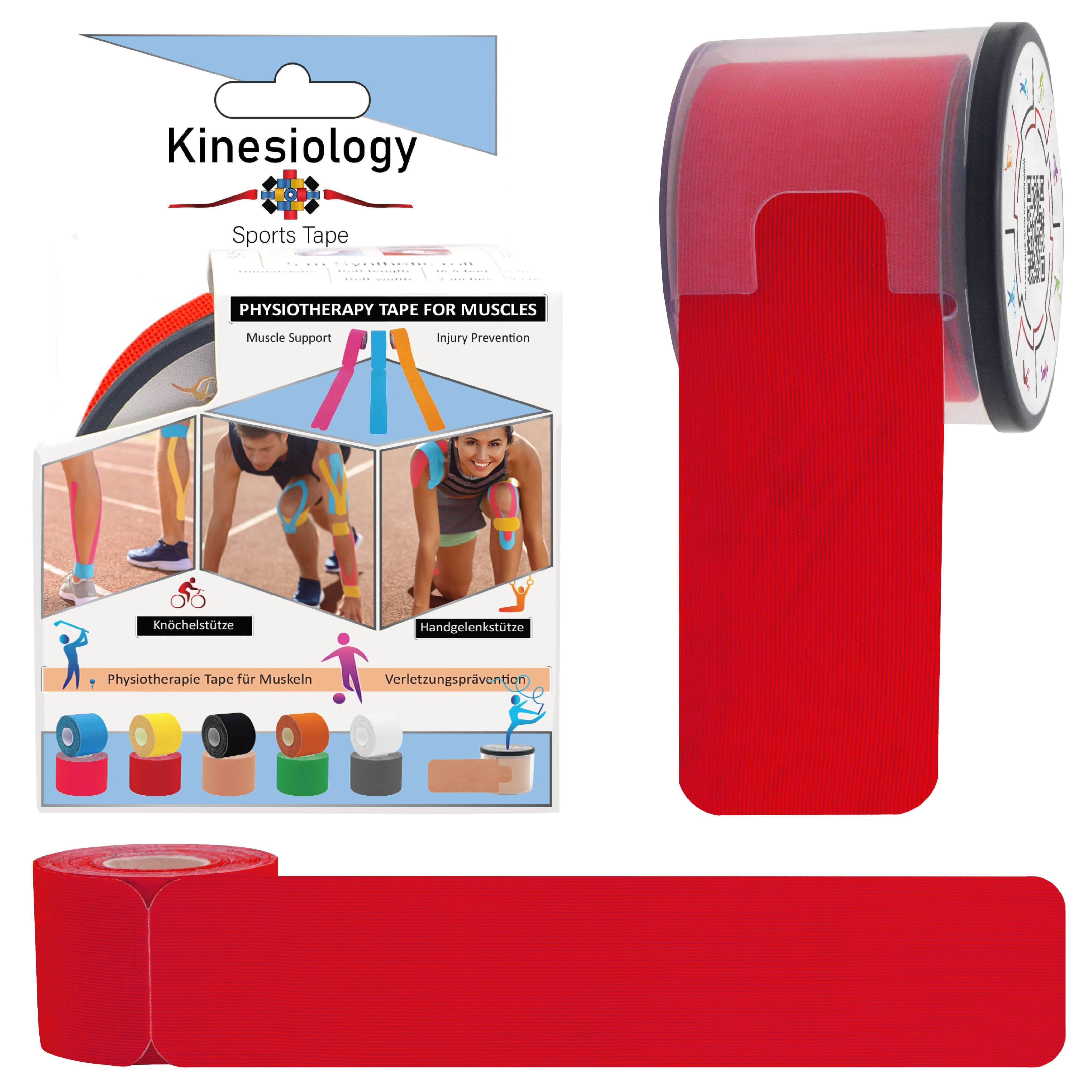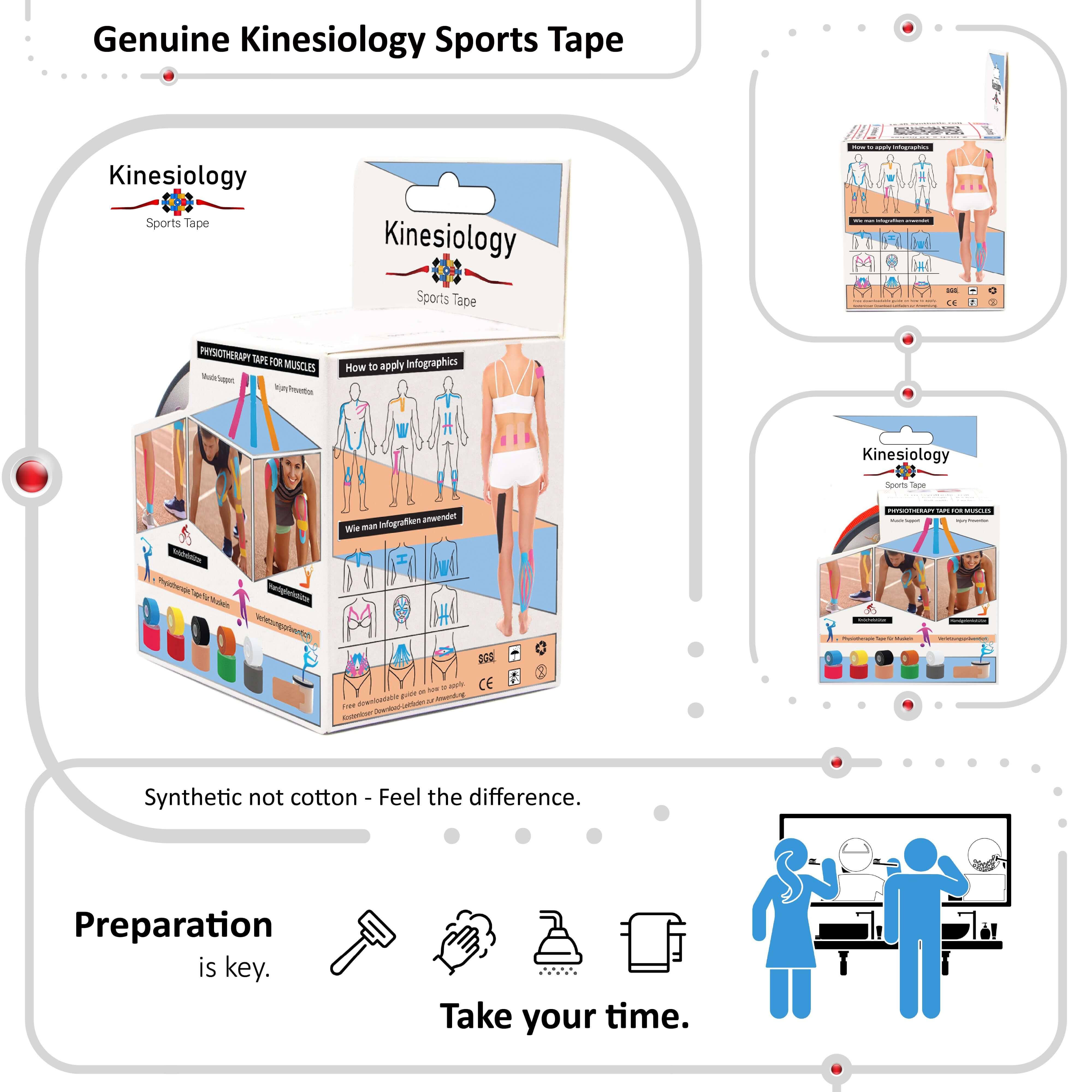
What Is Kinesiology Tape? History, Science & Modern Uses Explained

What Is Kinesiology Tape? History, Science & Modern Uses Explained
Kinesiology tape—those brightly colored strips you’ve seen on athletes’ shoulders, knees, and backs—is more than just a fashion statement. Used by physical therapists, chiropractors, and athletes alike, this stretchy, skin-like adhesive tape claims to relieve pain, support muscles, reduce swelling, and speed up recovery. But where did it come from? How does it work? And is it backed by science?
In this blog, we’ll cover:
-
The origins of kinesiology tape
-
How it works (according to experts and researchers)
-
What makes it different from traditional athletic tape
-
Its rise to popularity in modern sports medicine
📜 A Brief History: Born in Japan, Adopted by the World
Kinesiology tape was invented in the 1970s by Japanese chiropractor Dr. Kenzo Kase. Dissatisfied with traditional rigid athletic tapes—which limited movement and circulation—Kase wanted a more dynamic solution. He aimed to create a tape that could:
-
Stretch like human skin
-
Lift the skin slightly to reduce pressure and inflammation
-
Promote healing while maintaining mobility
After years of development, he launched the original Kinesio Tex Tape and the taping method now known as the Kinesio Taping® Method.
By the 1990s, the technique had quietly gained traction in rehabilitation circles. However, the global explosion in popularity came during the 2008 Beijing Olympics, when elite athletes like volleyball star Kerri Walsh Jennings wore the tape on visible body parts. The world took notice—and the kinesiology tape market took off.
🎯 What Makes Kinesiology Tape Unique?
Unlike rigid athletic tape, kinesiology tape is:
-
Elastic (can stretch up to 140–180% of its original length)
-
Breathable and water-resistant
-
Designed to mimic the elasticity of skin and muscles
It can be worn for 3–5 days at a time—even in the shower or during intense workouts—without falling off.
Kinesiology tape is also directionally sensitive, meaning the way it's applied (origin to insertion or vice versa) can be tailored to either facilitate or inhibit muscle activity.
🧬 How Does It Work? The Theory Behind the Tape
There are three main theories for how kinesiology tape may work:
1. Lifting the Skin
When properly applied, the tape gently lifts the outer layer of skin and underlying fascia. This:
-
Creates more space in the tissue
-
Reduces pressure on pain receptors
-
Improves blood flow and lymphatic drainage
This "lifting" effect may also reduce swelling and inflammation, especially after injury or surgery.
2. Neuro-sensory Input
The tape may stimulate mechanoreceptors in the skin, which are involved in:
-
Pain modulation
-
Balance and proprioception
-
Muscle activation or relaxation
3. Postural Feedback
Because the tape provides a slight tug on the skin, it may serve as a physical reminder to correct posture or avoid certain harmful movements (like slouching or overstriding).
🧪 What the Research Says
The evidence supporting kinesiology tape is mixed but growing:
✅ Some studies show short-term pain relief, improved proprioception, and modest benefits for swelling and function
❌ Other studies indicate no significant difference compared to placebo or sham taping, especially for long-term rehabilitation outcomes
🔍 A 2015 systematic review published in BMC Musculoskeletal Disorders found that kinesiology tape may have a small beneficial effect on pain, but no significant impact on disability.
The bottom line? Kinesiology tape likely won’t cure chronic injuries or replace rehab, but it can be a useful tool when combined with proper treatment and movement strategies.
🏋️♂️ Modern Uses: Who’s Using It and Why?
You’ll find kinesiology tape used in:
-
Sports and performance: for muscle support and injury prevention
-
Physical therapy: post-surgical recovery, swelling management, joint stability
-
Everyday life: for back pain, neck tension, carpal tunnel, and posture training
-
Pediatrics and elderly care: with softer tapes designed for sensitive skin
Some emerging uses include:
-
Scar management (especially after surgery)
-
Lymphatic drainage techniques
-
Veterinary rehab for dogs and horses
🧠 Final Thoughts: Is Kinesiology Tape Worth Trying?
Kinesiology tape isn’t magic—but it’s far from a gimmick. Whether you’re an athlete recovering from injury or someone dealing with daily aches, it can be a non-invasive, low-risk option to support healing and movement.
As always, application technique matters—so learning from a certified practitioner or following evidence-based instructions is key.
📚 Sources & Further Reading
-
Kase K. Fundamentals of Kinesio Taping® (Kinesio University)
-
HSS.edu: How kinesiology tape works
-
Physio-Pedia: Kinesio Taping Overview

